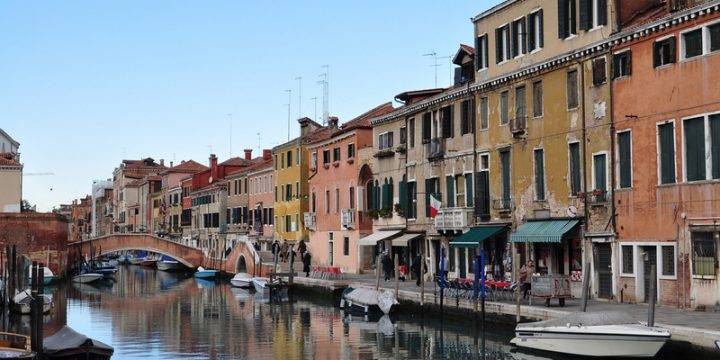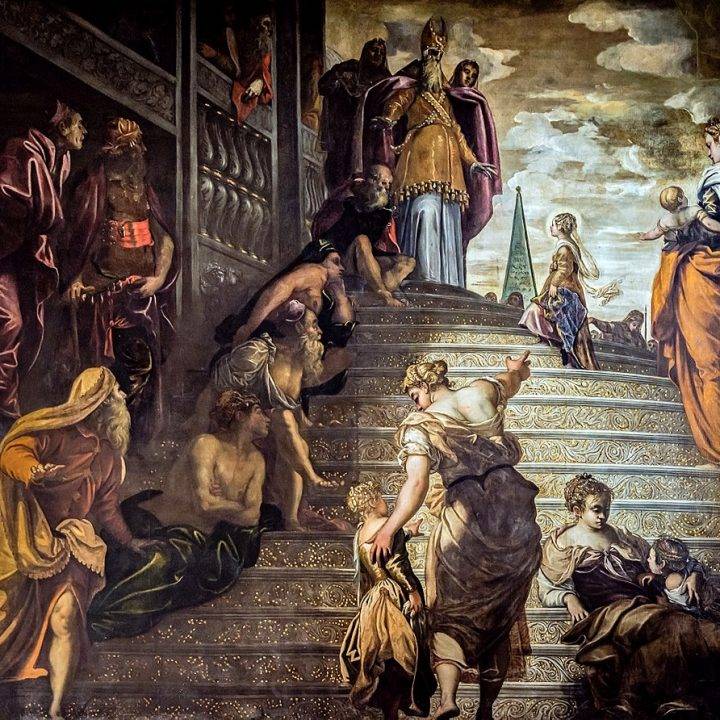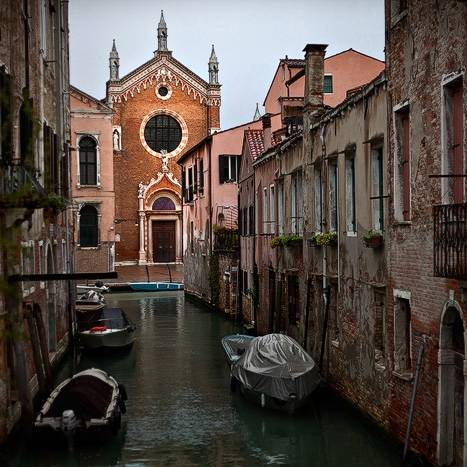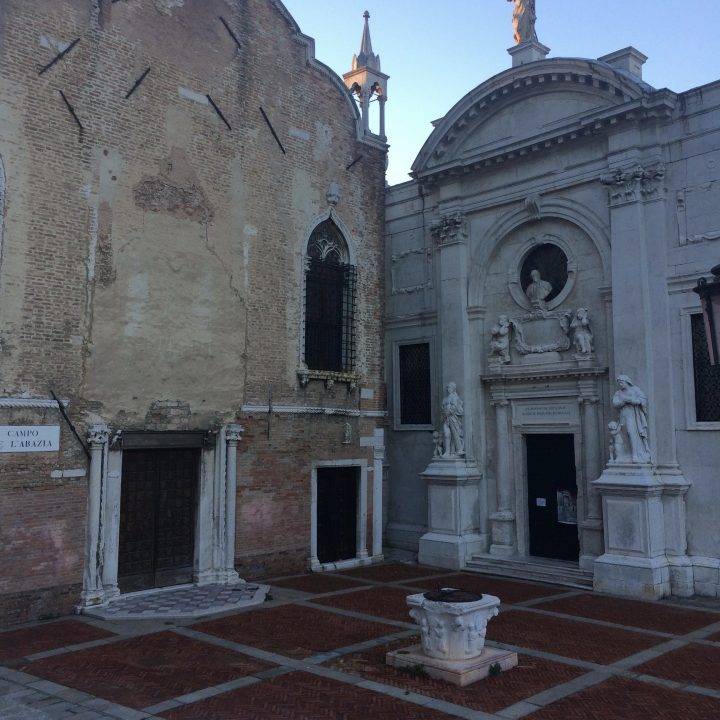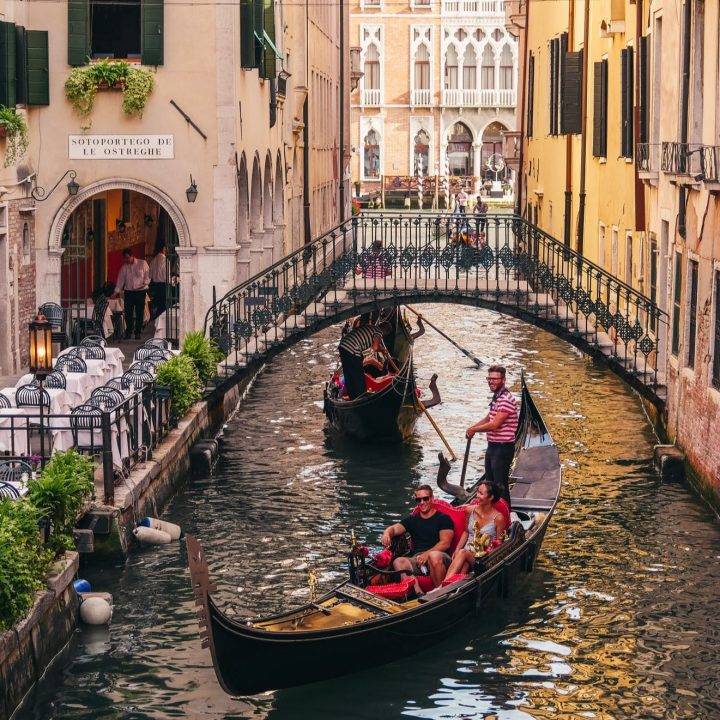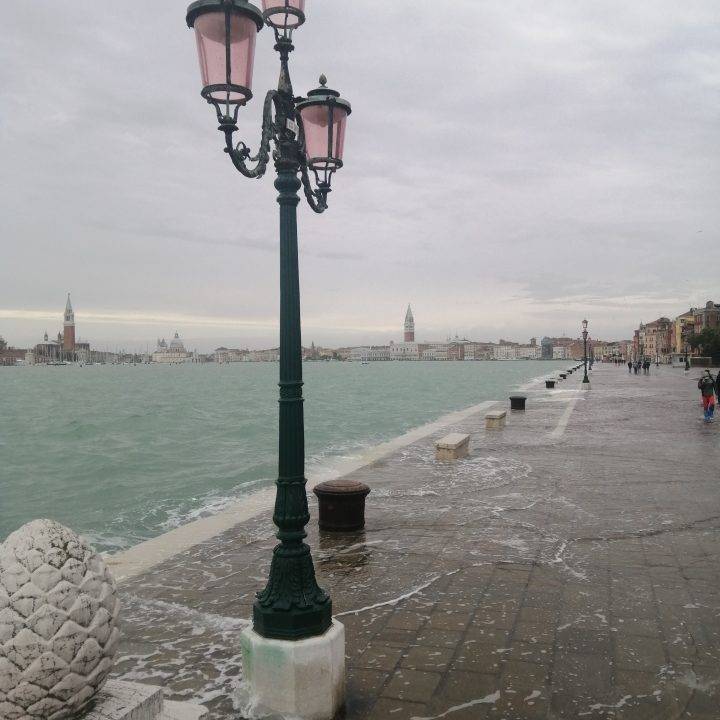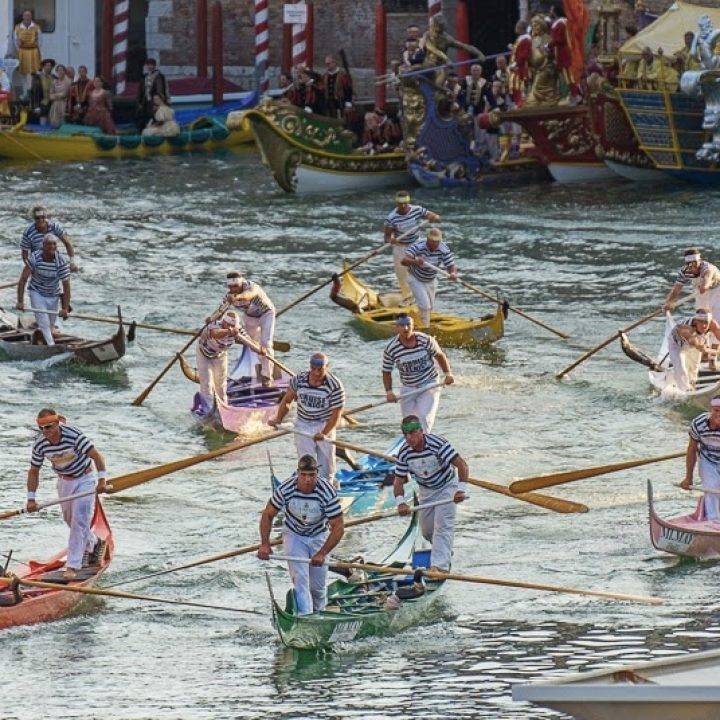Cannaregio is an area that is difficult to define in just a few sentences. With so many different angles from which to look at it, reasons why you may explore here are plentiful. One of these lovely facets is the bountiful amount of local life, and due to this, nearly everyone has a slight weakness for this part of town.
There’s also the slightly unique physical structure with unusually long, wide canals that flood with natural light during the day and bring a sense of optimism. Additionally, it is in Cannaregio that some of the most innovative chefs, unique artisans and experimental events are interwoven with the incredible history and cultural backbone of Venice. They’ve somehow found a symbiosis which supports one another. With this innate creativity of daytime and bustle of speakeasies at nighttime, there is a spark here.
How to get to Cannaregio
First and foremost, we should establish where it is. This Sestiere (“district”) stretches across the top of Venice like the spine of a fish and looks out towards the upper Venetian islands and distant Dolomites.
In this area, you’ll find an interesting balance of life along the streets. During the day, you’ll find deserted calli (plural for “calle”) that will have no more than five people walking slowly and tranquilly along them. Then, there are other pockets in this neighborhood that are always full with an unusually high concentration of guests inside bars and restaurants. For this reason, you can spend a whole day walking here and see two completely different sides to Venice.
The Venetian rowing club is also located in the top left-hand corner of Cannaregio, which means you occasionally find people walking by with oars in hand. As a visitor, you can choose to have a single lesson or even enroll in multiple sessions to master the elegant art of Venetian rowing. Additionally, there’s a swimming pool in this same area, as well as a park that is the favorite of many local children.
Madonna dell’Orto Church
The foundation of the Church is supposed to have taken place in the year 982 , but its full construction is dated to the first half of the 14th Century. Before going inside, it’s worth stopping to admire the beautiful facade, for it is one of the best examples of the gothic style in the whole city. The inside has a strong connection to the painter Tintoretto , housing not only his tomb but also some of his finest works. The reason for this is because he lived and worked for a large part of his life just around the corner, and there is now a headstone on his old house so you might find it. Attached to the church, there is a semi-private garden. It is owned by the sisters of the church, but you are able to enter if you ring the bell or if there is a particular exhibition that is going on.
The Ghetto
The Ghetto, which is actually the “new ghetto,” lies between Misericordia and Ponte delle Gulie. Originally, it was created as a place of refuge for Jewish people and foreigners who had been persecuted elsewhere. Because of this, the idea of a secure place away from hostility was welcomed, despite the strict regulations that were impressed upon them. Over time , the conditions, regulations and atmosphere quickly deteriorated. It was instituted on March 29, 1516 and the population grew so quickly in this area that the buildings are noticeably taller, because there was nowhere else to build but up.
Jesuits
A favorite place to relax at any point of the day – to write, read, listen to music, and meet friends – is right by the Gesuiti Church. Inside is a little-known courtyard, which is also a hostel. Live music takes place some evenings, but in general, it is beautiful hideaway to sit by yourself in the deck chairs or to meet friends in the evenings, without the usual humdrum of the city.
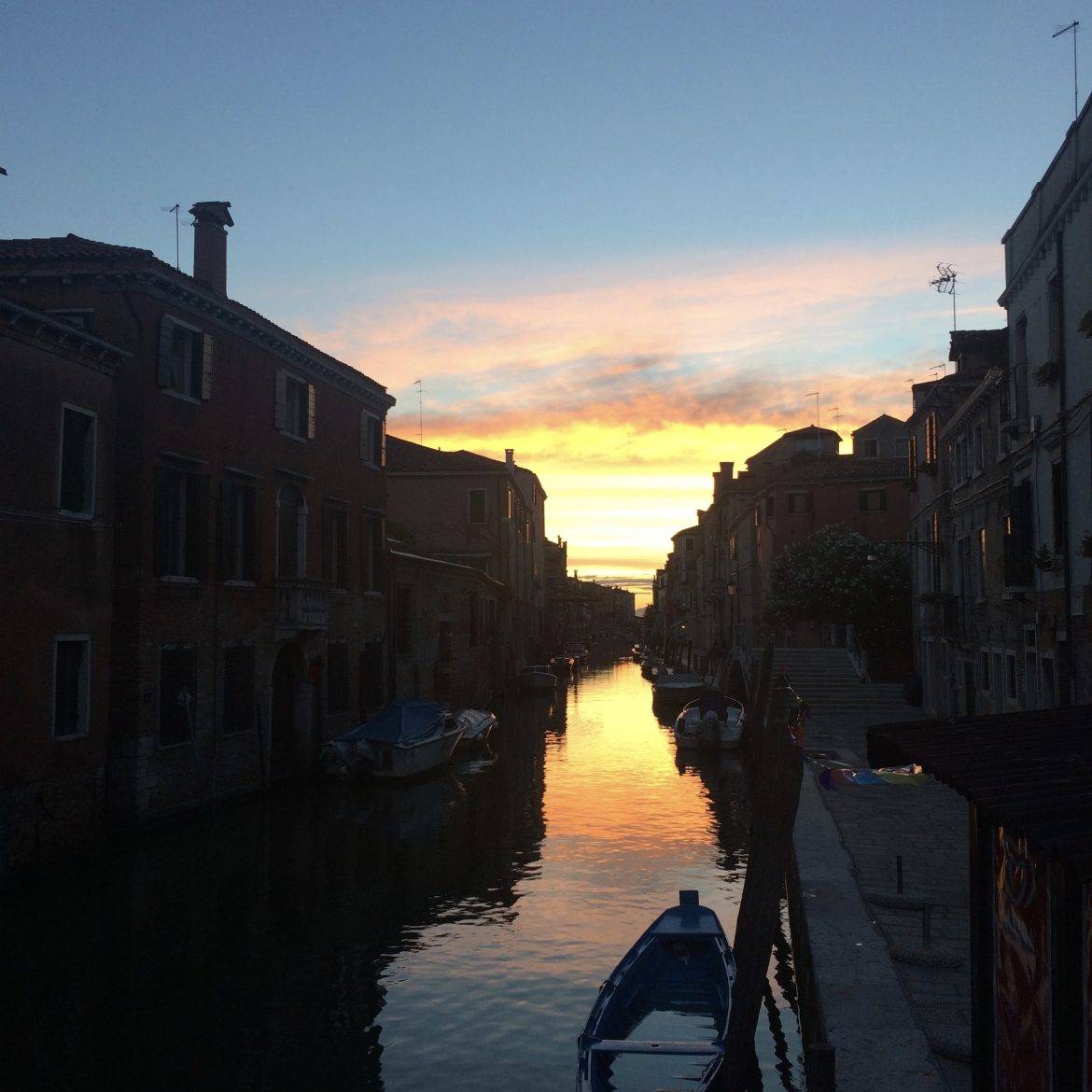
Cicchetti
Misericordia is quickly becoming known for its trickle of bars that line the fondamenta front. Each one vying for status and offering something slightly different.
At the beginning of the fondamenta you will find
At the beginning of the fondamenta, you will find Vino Vero , which is an elegant bar known for it’s a great selection wine and the fact that they will not serve a spritz, so better not to ask! The cicchetti are also very good here.
Further down you will come across the almost legendary Paradise Lost . This is become a fixture in many Venetian guides because of the lively atmosphere in the bar and the music that is held every Monday evening. However, whilst you find the music here, the wine cannot be compared to some of the other bars.
Still further on you will find Al Timon , famous for its generous meat platters, a unique outdoor boat seating experience and a bustling atmosphere.
A new bar slightly hidden away is Bricole . This spot is run by a really lovely brother-sister duo, and the best thing to ask for his is the salami, which they are quite rightly proud of.
Lastly, if you’re looking to sit down for a full meal in this area, you’ll find some of the best restaurants in Venice boasting great character. This list below is just a start to get you thinking about your next dinner date out. We hope you enjoy!
Trattoria alle Due Gondolette
Gam Gam
La Maddalena
Wines Da Gigio
Osteria da Rioba
Trattoria da Bepi Gia “54”
Ai Promessi Sposi

